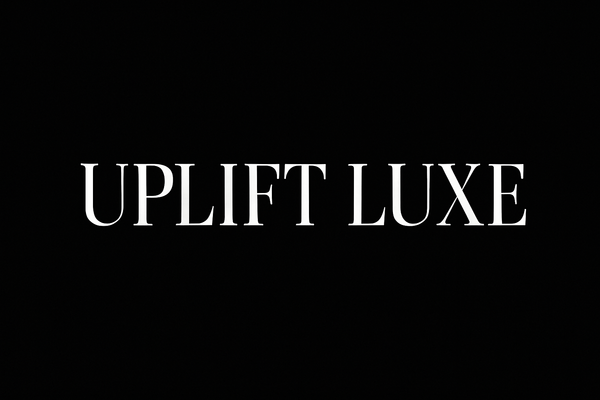Why Direct Shopping Is Taking Over Fashion
Share
The fashion industry is experiencing a seismic shift that's fundamentally changing how we discover, purchase, and connect with the clothes we love. Direct-to-consumer brands aren't just disrupting traditional retail—they're rewriting the entire playbook for what luxury shopping can be.
Gone are the days when fashion required layers of intermediaries, inflated markups, and impersonal transactions. Today's most innovative brands are building direct relationships with their customers, creating a new paradigm that prioritizes transparency, quality, and authentic connection.
The Transparency Revolution
Modern consumers demand more than beautiful products—they want to understand the story behind what they're buying. Direct-to-consumer fashion brands have responded by offering unprecedented transparency into their design processes, sourcing decisions, and pricing structures.
This openness extends beyond marketing speak. These brands share real information about their supply chains, manufacturing partners, and the true cost of creating quality pieces. It's a level of honesty that traditional retail, with its complex web of wholesalers and distributors, simply cannot match.
Quality Without Compromise
By eliminating traditional retail markups, direct-to-consumer brands can invest more in the actual product while still offering competitive prices. This means better fabrics, superior construction, and attention to detail that rivals luxury houses—without the luxury price tags.
The result is a new category of fashion that bridges the gap between fast fashion and haute couture, offering accessible luxury that doesn't compromise on ethics or quality.
The Curation Advantage
Not all direct-to-consumer success stories involve manufacturing. Some of the most compelling brands, like Uplift Luxe, have built their reputation on expert curation—handpicking exceptional pieces from European designers and bringing them directly to discerning customers.
This model combines the best of both worlds: the craftsmanship and heritage of established European fashion houses with the accessibility and transparency of direct-to-consumer retail. Customers gain access to hard-to-find pieces while enjoying the personalized service and fair pricing that defines the DTC experience.
Building Communities, Not Just Customer Lists
Perhaps the most significant shift is how these brands approach customer relationships. Instead of viewing shoppers as transactions, direct-to-consumer fashion brands build genuine communities around shared values and aesthetic sensibilities.
Through social media, email, and direct feedback, these brands create ongoing conversations with their customers. They listen, adapt, and evolve based on real input from the people who wear their clothes. It's a level of responsiveness that traditional fashion, with its long lead times and seasonal cycles, struggles to achieve.
The Future of Fashion Retail
As technology continues to evolve, direct-to-consumer fashion will become even more personalized and responsive. AI-powered styling recommendations, sustainable sourcing innovations, and smarter logistics are just the beginning of what's possible when brands have direct relationships with their customers.
What remains constant is the human element—the desire for connection, quality, and authenticity that drives the most successful direct-to-consumer brands. In an increasingly digital world, this personal touch becomes even more valuable.
The new fashion rules aren't really rules at all—they're principles of transparency, quality, and genuine connection that are reshaping an entire industry. And for consumers who value these principles, the future of fashion has never looked brighter.
Experience the direct-to-consumer difference at Uplift Luxe, where European craftsmanship meets modern transparency.
